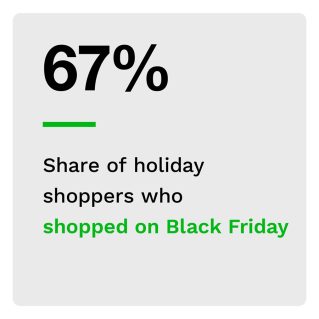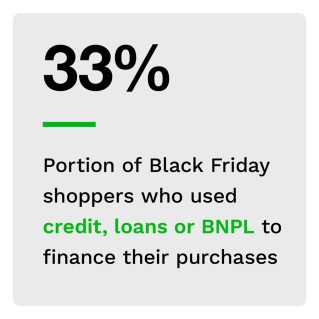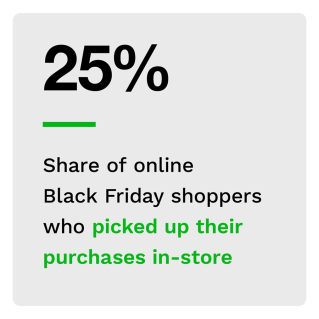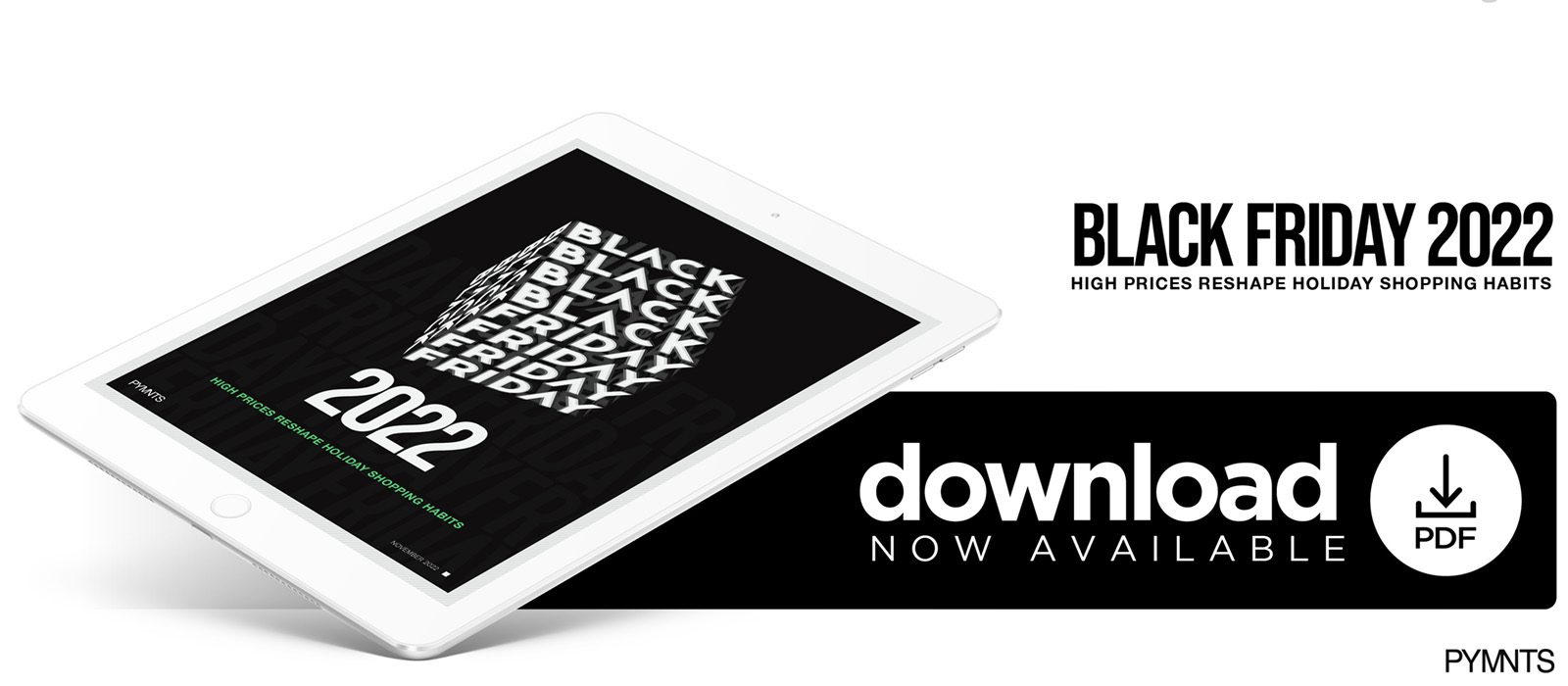More Consumers Shopped With Apps Than at Malls on Black Friday

Inflation cast a long shadow over Black Friday 2022. Consumer prices rose 7.7% year over year in October, leaving millions of consumers wary as they entered the holiday shopping season.  In total, 56 million United States consumers plan to opt out of holiday shopping entirely this year.
In total, 56 million United States consumers plan to opt out of holiday shopping entirely this year.
For those consumers who are shopping this holiday season, however, Black Friday is back — bigger and more omnichannel than ever.
“Black Friday 2022: High Prices Reshape Holiday Shopping Habits” details how the ongoing inflation crisis and the digitization of the U.S. economy are colliding to reshape Black Friday as we know it. We surveyed a census-balanced panel of 3,074 consumers about how they spent Black Friday to find out how many shopped online, how they are paying online and in-store and how many are opting out of holiday shopping entirely.
We surveyed a census-balanced panel of 3,074 consumers about how they spent Black Friday to find out how many shopped online, how they are paying online and in-store and how many are opting out of holiday shopping entirely.
Key findings from our extensive research include the following:
• Consumers are cutting back on holiday shopping this year, and Black Friday sales took the hit. Seventeen million fewer consumers plan to do any type of holiday shopping in 2022 than in 2021, and 6.7 million fewer shopped on Black Friday.
• High prices also changed the way Black Friday shoppers financed their purchases.  Nearly one-third of shoppers used credit, applied for loans or leveraged installment plans to finance their Black Friday purchases in 2022.
Nearly one-third of shoppers used credit, applied for loans or leveraged installment plans to finance their Black Friday purchases in 2022.
• Black Friday 2022 was more omnichannel than any year on record. One in four holiday shoppers used a mix of digital and in-person shopping channels to make their Black Friday purchases, and 25% of Black Friday online shoppers picked up their purchases in-store.
These are just a few of the trends detailed in our report. “Black Friday 2022: High Prices Reshape Holiday Shopping” reveals what the first official day of the 2022 holiday shopping season can tell us about converting holiday shoppers in the future.
To learn more about how consumers shopped on Black Friday 2022, download the report.
